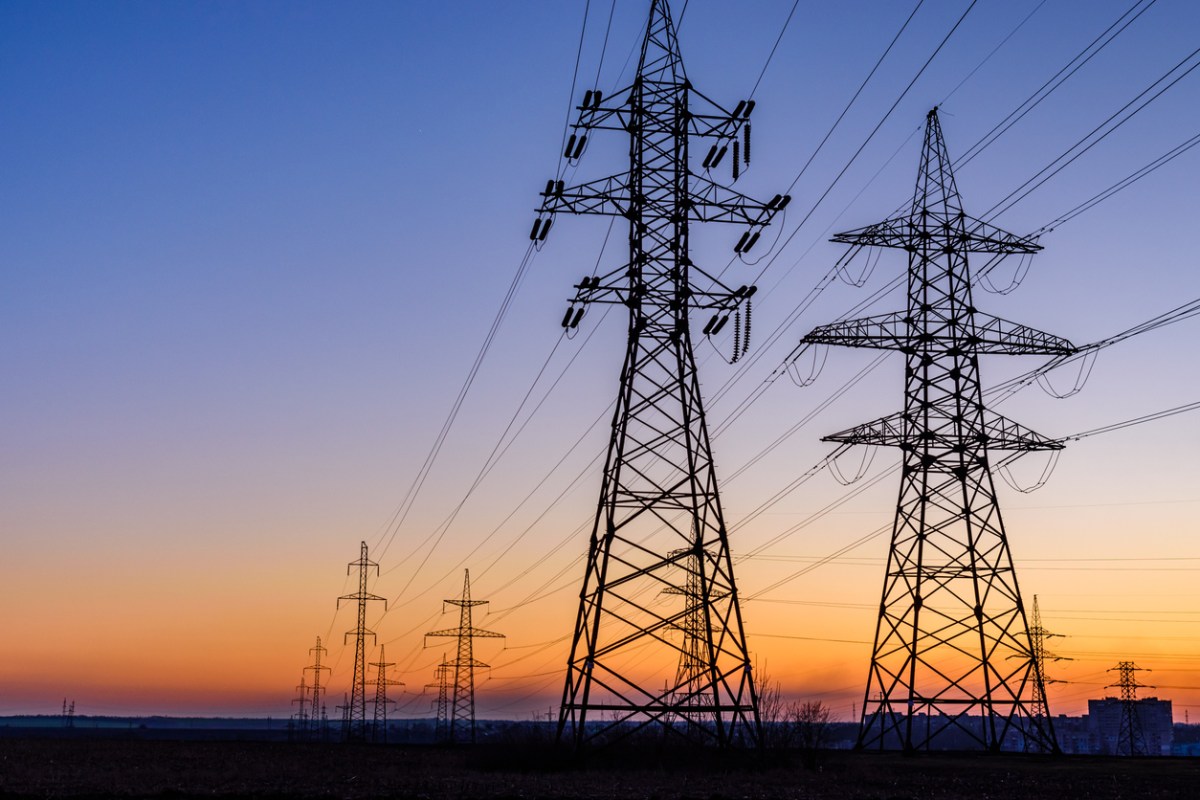The Clean Energy Investor Group (CEIG) says there’s an investment pipeline of $70 billion waiting to build Australia’s clean energy infrastructure, but the current state of the National Electricity Market (NEM) is holding it back.
The group is advocating for regulatory reforms that would reduce investor risk in the NEM, and align the Australian system with international markets.
A survey of investors suggests clean energy projects in Australia are currently bearing excessive risk which is stifling investment and seeing costs pushed to consumers.
The CEIG is made up of leading clean energy investors, including Andrew Forests’s Squadron Energy, Macquarie Group and BlackRock, and it’s released a set of 5 principles that it says have the potential to save $7 billion on the costs required to get the investment capital flowing.
CEIG Principles
1. Align National Electricity Market (NEM) development with global markets;
2. Redesign governance for transformation;
3. Improve revenue certainty;
4. Allocate risk effectively;
5. Build investable and innovative markets
“Adopting the Clean Energy Investor Principles would address the key risks faced by investors and align Australia’s energy investment landscape with international market expectations, unlocking the low-cost capital required.” says Board Chair and CEO of the CEIG, Simon Corbell.
“Focusing on reforms which address the need for timely and secure access to the grid, greater revenue certainty, contestability in transmission development and fit for purpose NEM governance will deliver the investment confidence needed – and at a cheaper cost.”
He argues that the Australian market is not currently conducive to investment into renewables.
“Australia’s clean energy future can be realised at a significantly cheaper cost if key investor risks are tackled, and we plan for a future electricity market which is aligned with our international commitments and global investor sentiment.”
The CEIG team, and their investor members, examined the Australian Energy Market Operator’s (AEMO) Integrated System Plan in depth, and they concluded that the Step-Change Scenario should be adopted for best results across future planning and risk mitigation.
The group engaged Rennie Partners to model the current state of the Australian network and they suggested that 51 GW of new renewable energy generation will need to be built before 2042; with only 3 GW of wind and solar projects have been committed, leaving a deficit in the project pipeline of 48 GW.

